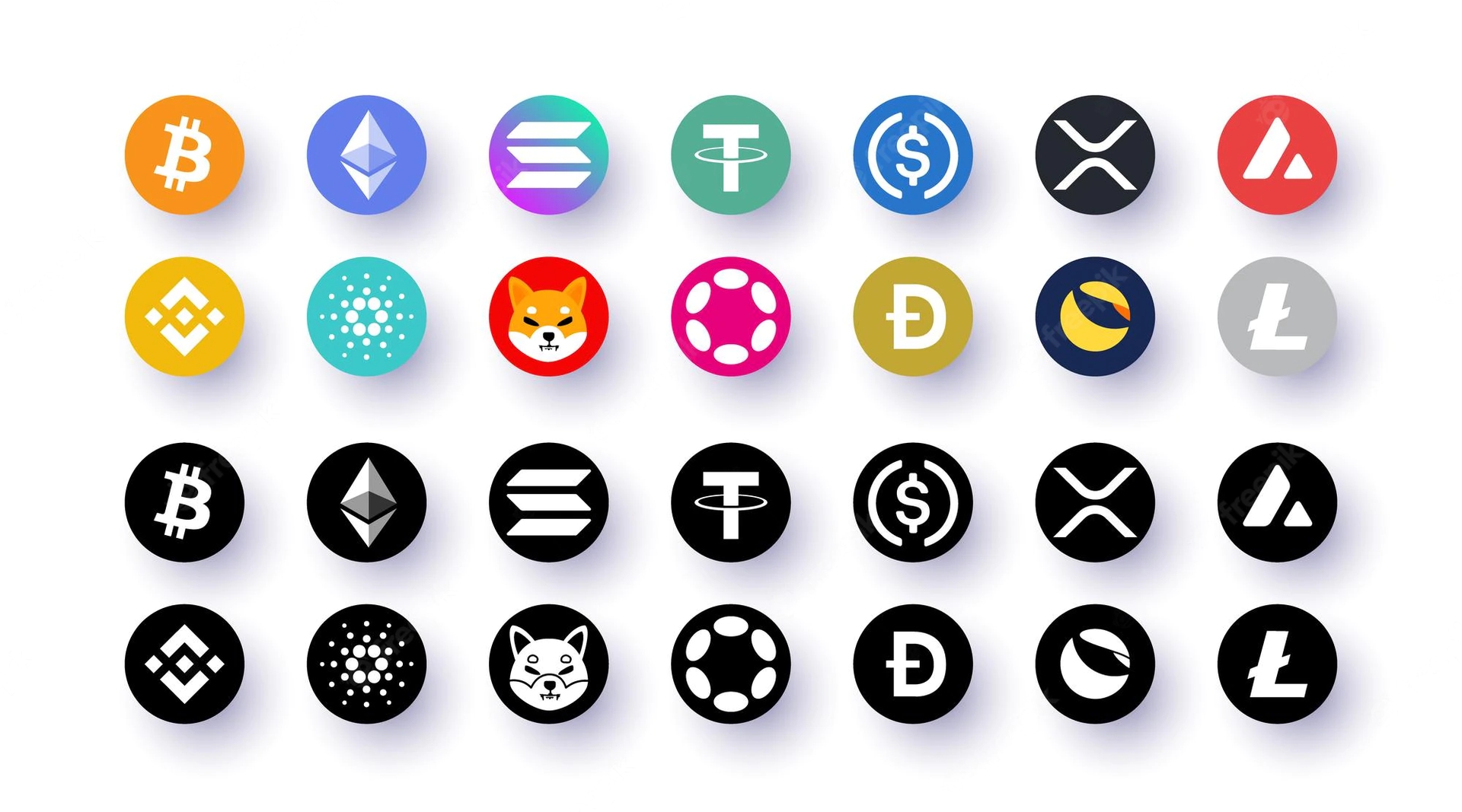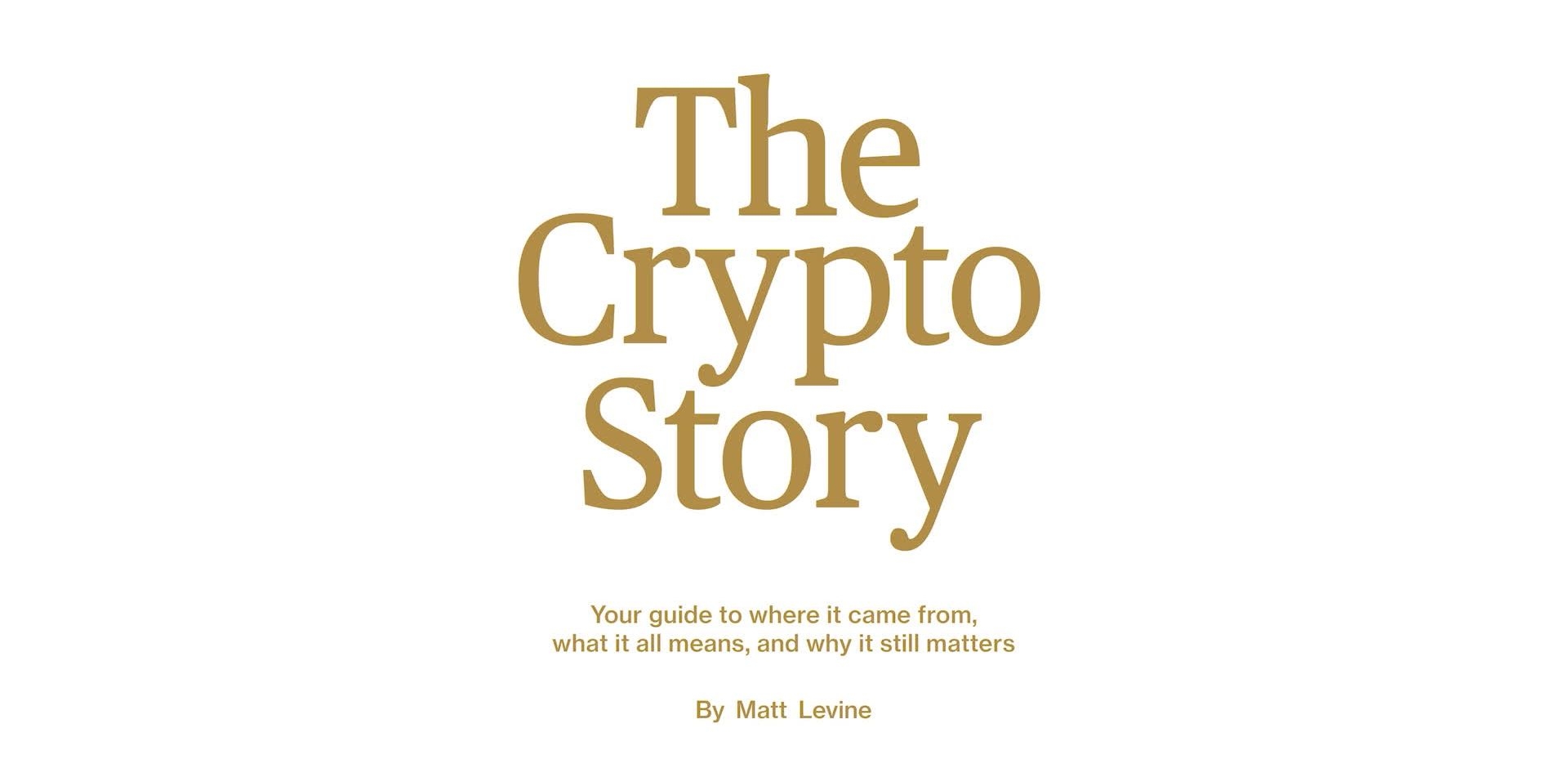In this article, we are going to be covering 40,000-word Matt Levine Crypto Story, and sharing with you the key takeaways, so you can take insight from the essay.
The most contentious subject in contemporary finance, cryptocurrency, is thoroughly examined, analyzed, and explained in Matt Levine’s 40,000-word essay “The Crypto Story.” Where did it originate? How does it function? Is everything a scam? What will it lead us to? Did we also mention that it was 40,000 words? and that you ought to read it all? However, if you’d want to see a handful of the numerous highlights. Without further ado, let us begin and go over all there is to it.

40,000-word Matt Levine Crypto story explained
Levine’s narrative opens with, “Modern life consists in large part of entries in databases.” Almost everything about you, including your possessions, identities, and financial situation, may be compiled into a database that is under the jurisdiction of financial institutions, governmental agencies, and private companies. This is important since databases are the foundation of Bitcoin and all other cryptocurrencies that have come after.

We must have faith in the organizations that manage such databases because they are so crucial to our daily operations. However, many individuals lost faith in such organizations during the 2008 financial crisis, particularly the banking sector. As a result, Satoshi Nakamoto developed the first cryptocurrency, Bitcoin, and explained how to manage a shared database by utilizing “cryptographic proof instead of trust” in his (or their) Bitcoin white paper.

Levine writes, “Crypto is in a way about rejecting the institutions of society, about being trustless and censorship-resistant, but it quietly free-rides on people’s deep reservoir of trust in those institutions. Trust in institutions is so strong and resilient that all of crypto’s bluster can’t stamp it out. ‘Not your keys, not your coins, put your trust only in verifiable code,’ crypto evangelists yelled, and people heard them and said, ‘Yes, that is nice, but I’m busy, I’m going to trust these nice strangers with my Bitcoin.’”

Make your own as crypto doesn’t need permission. According to Levine, the following is an “extremely simple generalization of Bitcoin”:
- You can make up an arbitrary token that trades electronically.
- If you do that, people might pay a nonzero amount of money for it.
- Worth a shot, no?
That is how Dogecoin, which includes Doge, the talking Shiba Inu meme, and several other currencies of questionable worth, is obtained.

A year ago, the value of the first cryptocurrency, which started off at zero dollars, peaked at roughly $67,000 before falling to less than $20,000. Bitcoin is a dangerous and unreliable investment due to its incredibly high volatility. It has been promoted as a tool for portfolio diversification and an inflation hedge, but Levine notes that it is “pretty correlated with the stock market, especially tech stocks” and “hasn’t been a particularly effective inflation hedge.”

You now possess Bitcoin. You’ll eventually want to spend it, whether on a sandwich, a piece of real estate, or a yacht, according to Levine. “A financial system cannot be entirely self-contained; you have to be able to turn your money into actual stuff.” And dealing with middlemen and even governments is necessary.

“If you buy a Bitcoin, your Bitcoin is identical to anyone else’s Bitcoin. If you buy an NFT, it has a number. There will be some series of NFTs … let’s call them Tedious Tamarins.” Tedious Tamarin No. 63 will be distinguishable from Tedious Tamarin No. 64 by having a different number. The numbers lead to images that may be seen online. People “people do pay a lot of money for NFTs with the right sort of monkey picture,” notwithstanding what might seem absurd.

The value of stablecoins, which are digital tokens, is tied to the value of a conventional currency, such as the US dollar or the euro. In order to construct a stablecoin, you may back each coin with money that is kept in a secure location. However, Levine suggests using a little financial engineering. However, if something goes wrong, you can find yourself in a deadly spiral. He writes, “It’s as bad as it sounds.”

The cryptocurrency industry “is incredibly, incredibly beautiful. You wake up one day, and there’s just a whole other financial system. It’s full of smart people building interesting things, and it’s full of idiots making terrible mistakes. People have built brilliant new ways to make financial bets that you can use, and they’ve built insane new ways to make financial bets that you can exploit,” according to Levine “If you’re a certain sort of financial person.”

There are several reasons why cryptocurrency cannot serve as a substitute for conventional money and financial institutions. It could happen though, according to Levine, “If you build a financial system that has trouble with houses but is particularly suited to financing video games—one that lets you keep your character on the blockchain, and borrow money from a decentralized platform to buy a cool hat for her, or whatever, I don’t know—then that system might be increasingly valuable as video games become an increasingly important part of life.”
We hope that you enjoyed this article on the 40,000-word Matt Levine Crypto story explained. If you did, we are sure that you will also enjoy reading some of our other articles, such as Google accepts crypto: Google and Coinbase deal explained, or Kim Kardashian crypto post: The celebrity promoted EthereumMax and got into federal trouble.





